Patience was the essence of becoming the Shogun
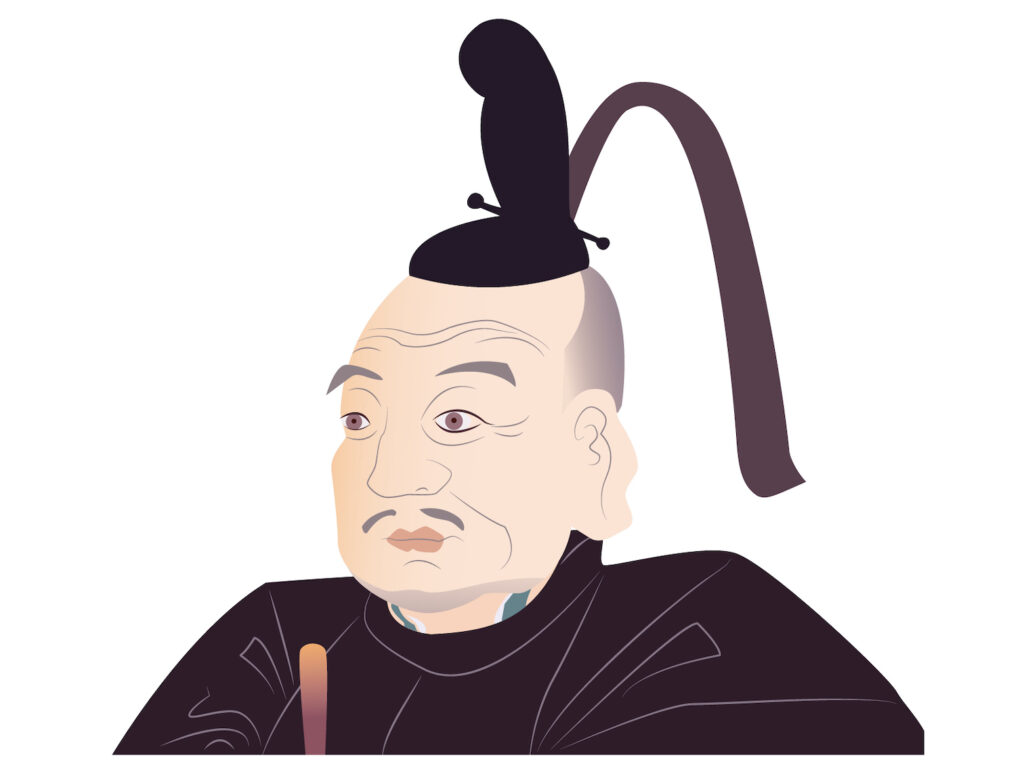
Tokugawa Ieyasu (1543-1616, 徳川家康) was born as an heir of a small Matsudaira clan in Okazaki between two powerful federal lord's territories; Owari (Aichi prefecture) ruled by Oda Nobunaga (1534-1582, 織田信長) and Totoomi (Shizuoka prefecture) ruled by Imagawa Yoshimoto. He grew as a hostage until the age of 19. Once his hostage life was over suddenly, he allied with a warlord, Nobunaga. In 1570, Ieyasu and Nobunaga won a victory against the allied forces of the Asai and Asakura clans, and he moved into Hamamatsu Castle, leaving Okazaki Castle to his heir at the age of 29. Two years later, in 1572, at the battle against the powerful lord, Takeda Shingen (1521-1573, 武田信玄), he almost died and lost many essential retainers at Mikatagahara. Ieyasu took this great defeat to heart. The battles with Takeda Katsuyori, who succeeded Takeda Shingen, lasted ten years. The battles at Takatenjin Castle and the Battle of Nagashino & Shitaragahara were particularly fierce.
No sooner had Ieyasu heard Nobunaga's sudden death in a rebellion at Honnoji Temple, he barely returned to Okazaki through a pathless route, where the danger of his life was imminent. At that time, Ieyasu was Nobunaga's allied partner at age 41 and Toyotaomi Hideyoshi (1537-1598, 豊臣秀吉) was Nobunaga's retainer at age 45. The two Samurai were becoming rivals for supremacy as Nobunaga's successor. They eventually fought in the fierce Battle of Komaki and Nagakute, which ended in a truce without a winner. Without the victory, Hideyoshi begged Ieyasu to be his retainer by sending his mother to Ieyasu as a hostage. Ieyasu accepted it to avoid further turmoil in the nation. As further patience, Hideyoshi ordered Ieyasu to move to the undeveloped province of Edo (Tokyo) at the age of 49. Edo was a reedy morass area with very few villages and it was far from the center of politics in Kyoto and economics in Osaka. Despite this situation, he started a massive development of Edo such as the flood control of the Tone River, the cultivation of new fields, the establishment of Edo castle, and so on. Ieyasu used his clever strategy and perseverance to regain the position of the ruler Hideyoshi had seized. After Hideyoshi's death, Ieyasu was appointed Shogun and launched the Edo Shogunate in 1603. Ieyasu's achievement was greatly supported by his royal vassals, known as four generals: Honda Tadakatsu, Sakakibara Yasumasa, Ii Naomasa, and Sakai Tadatsugu.
Ieyasu laid the foundation for a 260-year peaceful era
After defeating the Toyotomi family at the Siege of Osaka, Ieyasu launched a variety of policies to ensure a peaceful era without getting it back to the turmoil era. Tokugawa's commander flag is described as Onriedo Gokurakujodo (厭離穢土・極楽浄土), meaning ”peaceful nation building." This is the fundamental teaching of the Jodo Sect founded by Honen. These measures and policies contributed to 260 years of Pax-Tokugawana.
Tokugawa Ieyasu Map
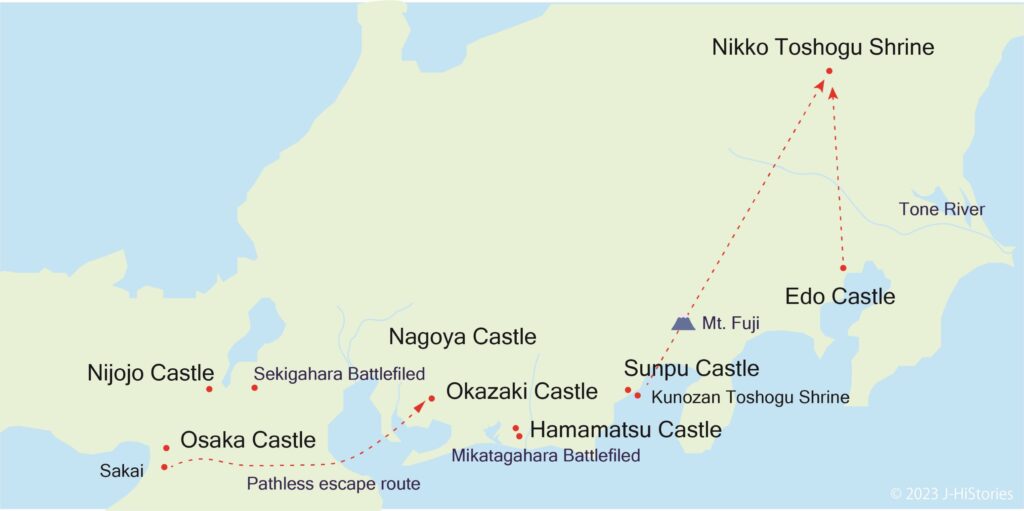
Notable sites related to Tokugawa Ieyasu
Okazaki Castle
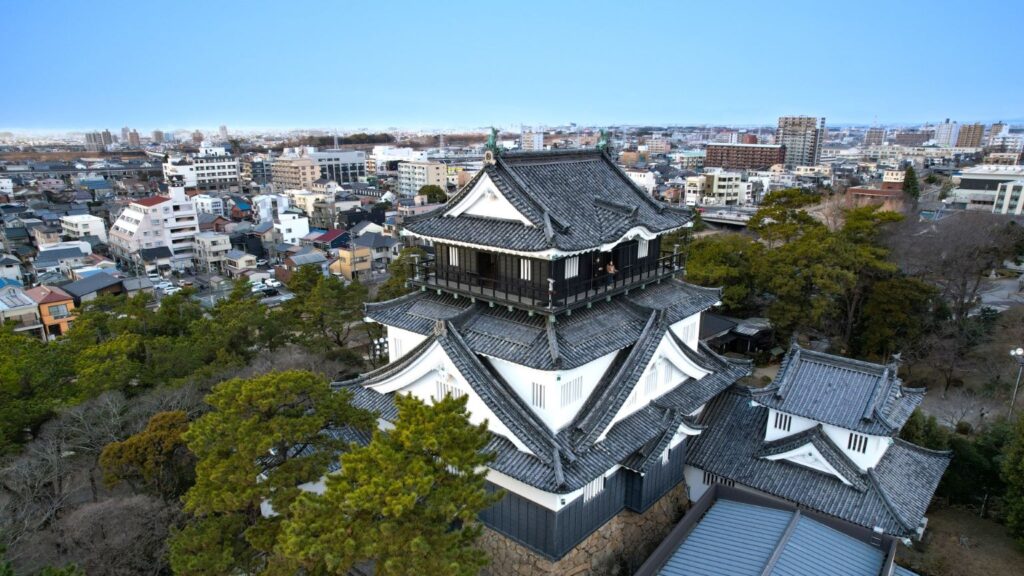
Ieyasu's home castle. Born during the turbulent Warring States period, Ieyasu's life started under hardship as a hostage
Hamamatsu Castle
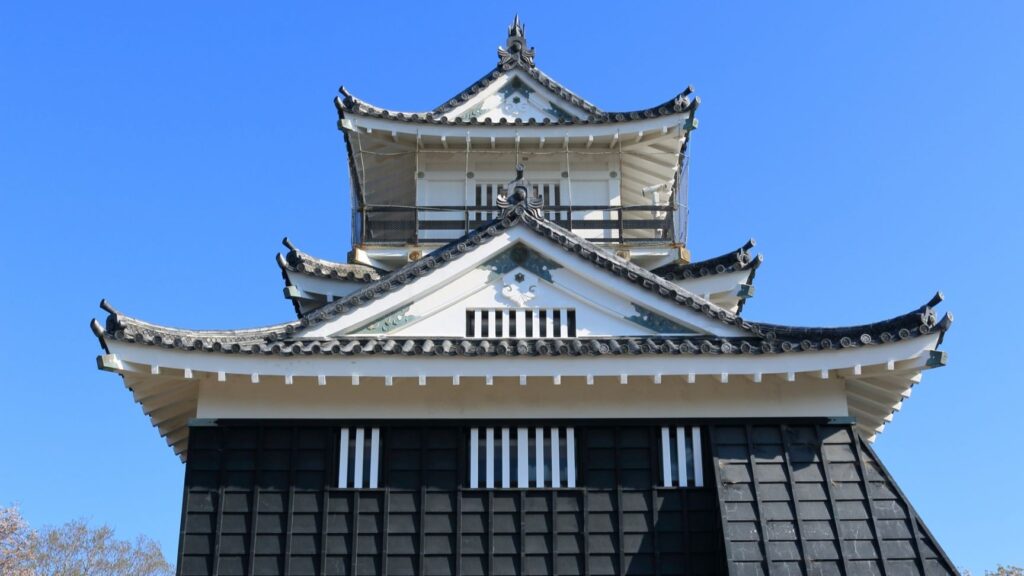
Ieyasu's base to fight against his arch-enemy, Takeda Shingen, to achieve a peaceful era under the alliance with Nobunaga.
Nikko Toshogu Shrine

Tokugawa Ieyasu's spirit was enshrined at Nikko Toshogu Shrine to protect the Edo capital and the nation after moving from Kunozan Toshogu Shrine over Mt.Fuji.
Nijo-jo Castle
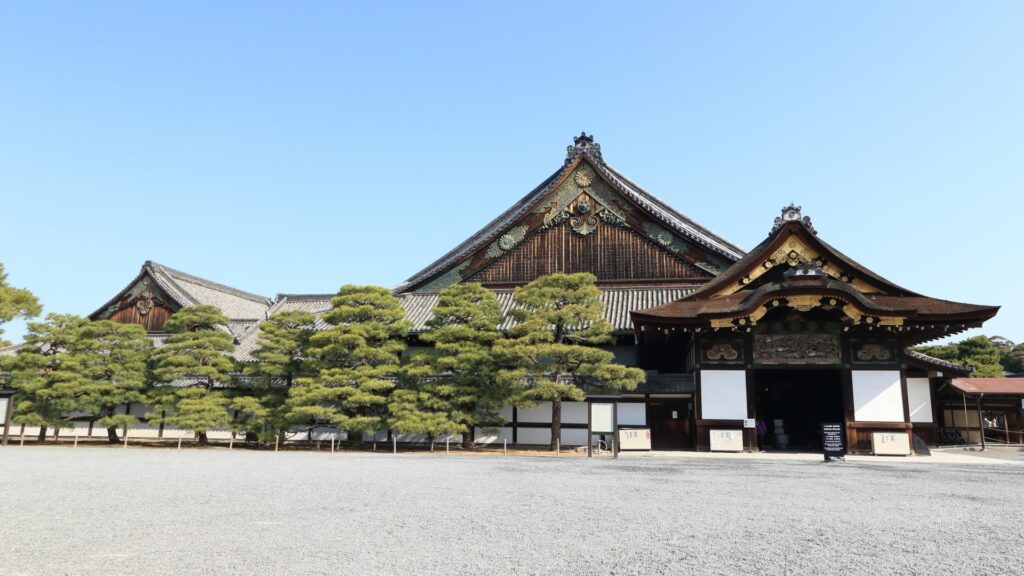
A residence of the successive Shoguns in Kyoto to watch the beginning and the end of a 260-year-long Tokugawa Shoguna
Edo Castle
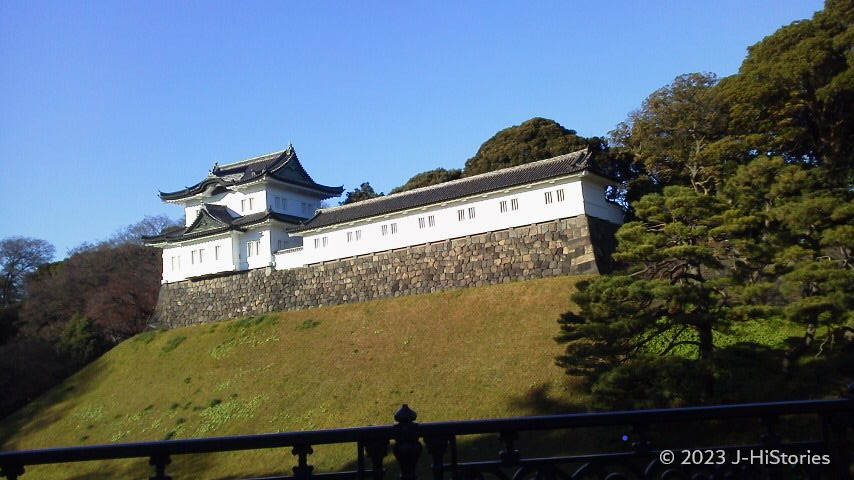
Edo Castle, now the Imperial Palace
The former Tokugawa Shogun’s residence. Many people lived tumultuous lives at the end of the Edo Period.
Wakayama Castle

A Keystone of Sea Transportation along the Kii Peninsula. It was built during the transition from Military Rule to Civilian Rule at the beginning of the Edo period.
Nagoya Castle
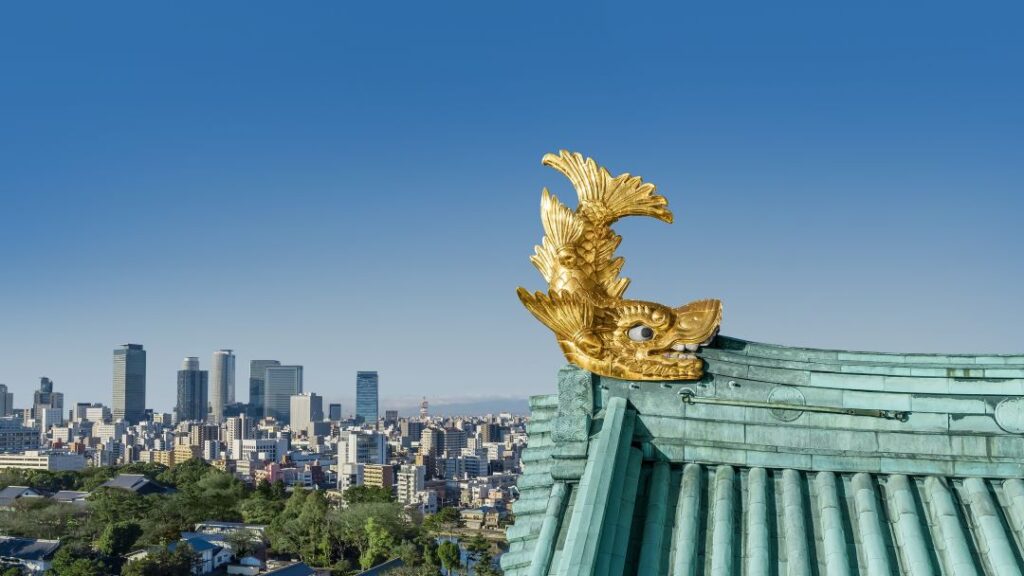
The overwhelming beauty of wall paintings with gold foil by Kano school painters watched the dignified Nagoya Castle through the Edo Period.
Inuyama Castle
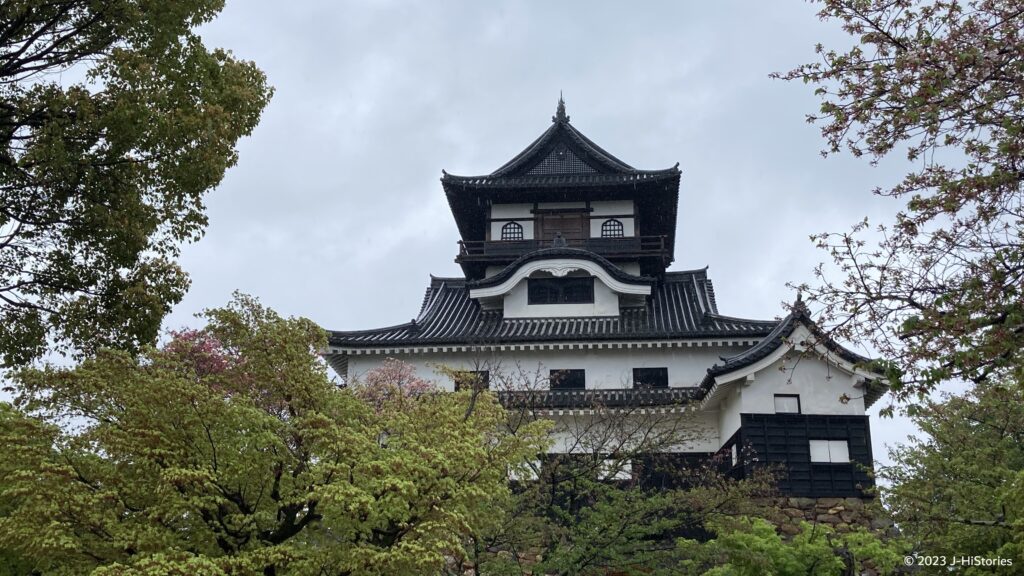
The first castle lord, Naruse Masanari, supported the Owari Tokugawa Domain & Tokugawa Shogunate. Who was Masanari, trusted by Ieyasu?
Tokugawa Art Museum
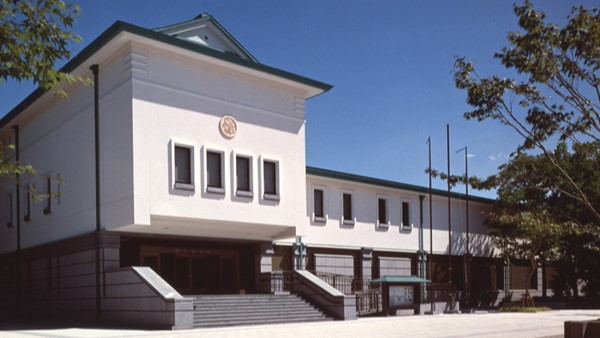
World-Class Treasures of the Owari Tokugawa Family. The Picture Scrolls of the Tale of Genji, swords, Ieyasu's collection of "Suruga Books," and more.
Hikone Castle
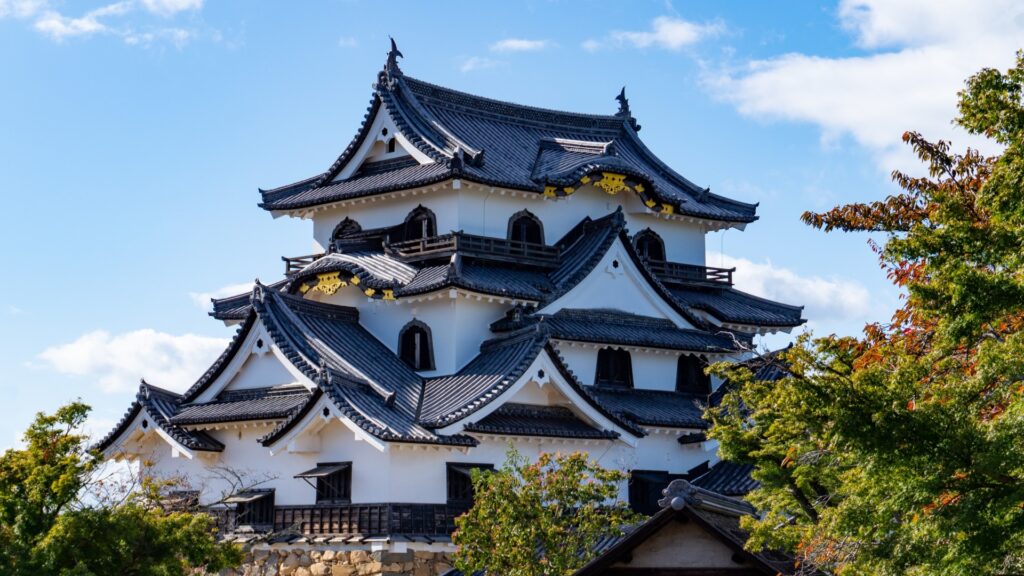
Ii Naomasa, one of the four generals serving Tokugawa Ieyasu, pioneered the Hikoe Domain and its castle with his military prowess and great diplomatic power.
Taichoro at Fukuzenji
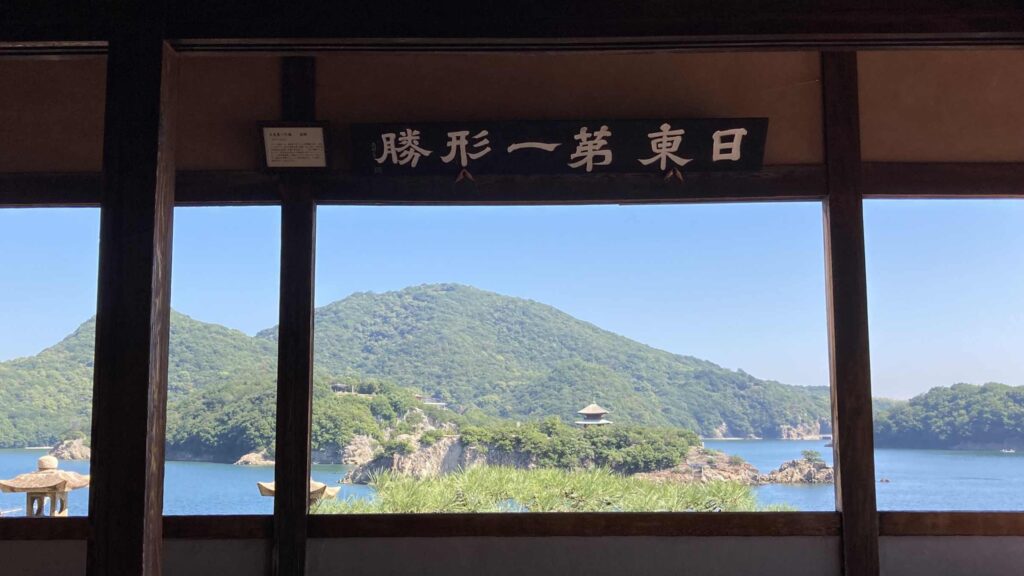
Taichoro pavilion of Fukuzenji Temple for Korean envoy in front of the spectacular view of the Seto Inland Sea during the Edo period led by Ieyasu.
Battle of Nagashino

Tokugawa Ieyasu & Oda Nobunaga v.s. Takeda Katsuyori in 1575. A continuous fire with many stocks of gunpowder shifted the War from Cavalry to Guns
Battle of Komaki & Nagakute
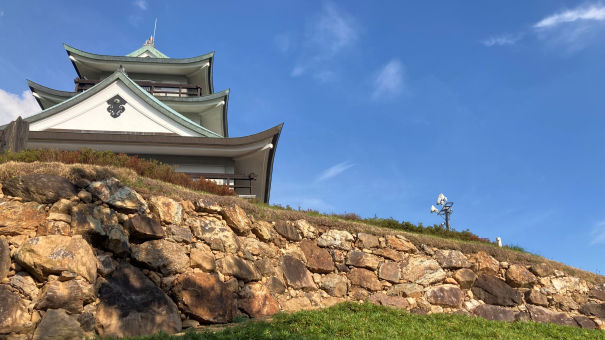
Tokugawa Ieyasu v.s. Toyotomi Hideyoshi. Ieasu won against the larger Hideyoshi's forces. It was only a conflict between two powerful lords, who would become the ruler of Japan.
Battle of Sekigahara
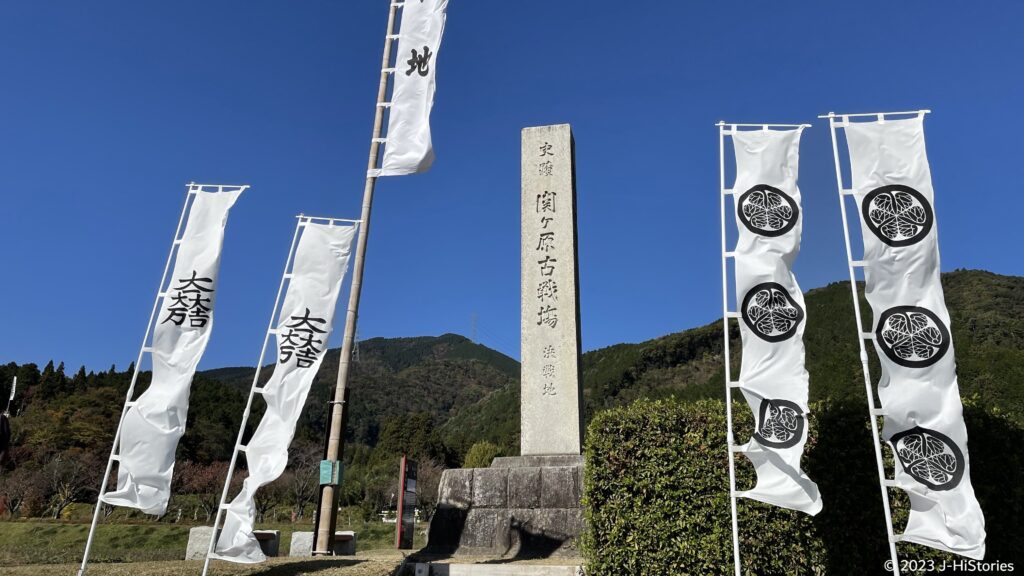
Tokugawa Ieyasu v.s. Ishida Mitsunari in 1600. 150 Letters Brought the Victory to Ieyasu, which promised territorial rewards for those loyal to the Tokugawa.
Siege of Osaka
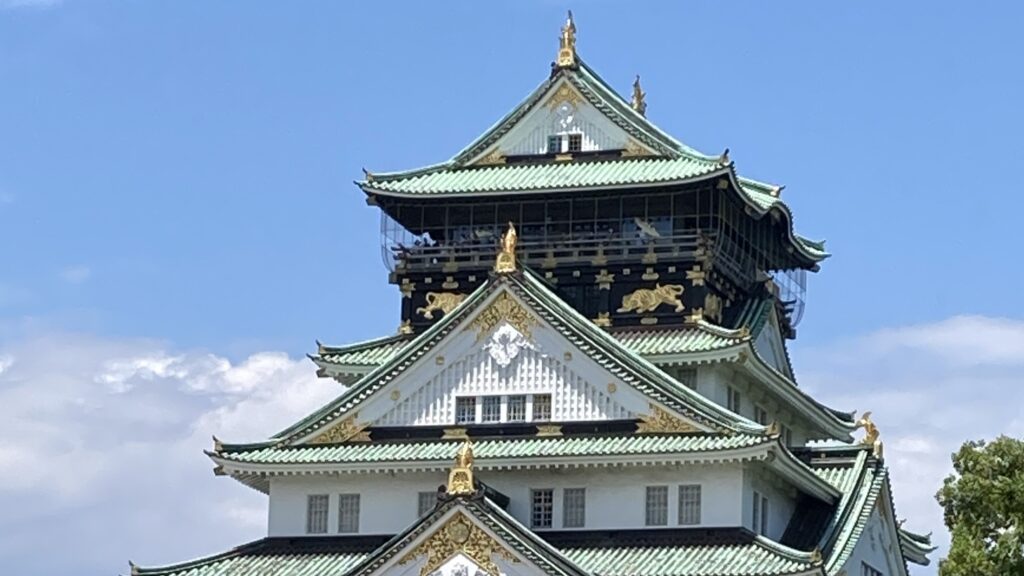
Tokugawa Ieyasu v.s. Toyotomi Hideyori in 1614 -1615. With the fall of the Toyotomi clan, the Warring States period ended, which began with the Onin War in 1467.
Tokugawa Ieyasu Timeline
| 1336 | Ashikaga Takauji estabilished Muromachi Shogunate | - | Muromachi Period |
| 1467 | Onin War started (- 1477) | - | Warring States Period |
| 1534 | Nobunaga was born in Owari province | - | |
| 1537 | Hideyoshi was born in Nagoya | - | |
| 1542 | Ieyasu was born in Okazaki province | Age=1 | |
| 1547 | Ieyasu was sent to Imagawa’s Sunpu castle as a hostage by his father | 6 | |
| 1560 | Nobunaga defeated Imagawa Yoshimoto at the battle of Okehazama | 19 | |
| 1561 | Ieyasu made an alliance with Nobunaga | 20 | |
| 1569 | Ieyasu conquered Imagawa's terittory | 28 | |
| 1570 | Nobunaga & Ieyasu defeated the Asai and Asakura clans | 29 | |
| 1570 | Ieyasu moved to Hamamatsu Castle from Okazaki Castle | 29 | |
| 1572 | Ieyasu returned to Hamamatsu Castle from his life escaping from Shingen's assault | 31 | |
| 1573 | Muromachi Shogunate ended by the 15th Shogun, Yoshiaki was ousted by Nobunaga | 31 | Azuchi Momoyama Period |
| 1575 | Oda-Tokugawa allied completely defeated the Takeda clan at the battle of Nagashino | 34 | |
| 1582 | Nobunaga invited Ieyasu at Azuchi Castle and then enjoyed sight-seeing in Kyoto & Sakai | 41 | |
| 1582 | Nobunaga was killed at Honnoji by Akechi Mitsuhide | 41 | |
| 1582 | Ieyasu returned to Okazaki Castle through crossing the pathless route | 41 | |
| 1582 | Hideyoshi defeated Akechi Mitsuhide | 41 | |
| 1584 | Komaki-Nagakute battle between Hideyoshi and Ieyasu | 43 | |
| 1585 | Hideyoshi became Kanpaku (chief advisor to the Emperor) | 44 | |
| 1586 | Hideyoshi built the huge Osaka castle | 45 | |
| 1590 | Hideyoshi spearhead army to attack Hojo clan | 49 | |
| 1590 | Hideyoshi unified the nation | 49 | |
| 1590 | Ieyasu moved to Edo according to Hideyoshi's order | 49 | |
| 1598 | Hideyoshi passed away | 57 | |
| 1600 | Tokugawa Ieyasu defeated Ishida Mitsunari, Hideyoshi's right arm at the battle of Sekigahara | 59 | |
| 1603 | Tokugawa Ieyasu established Tokugawa Shogunate at Edo | 62 | Edo Period |
| 1603 | Ieyasu built Nijo-jo Caslte | 62 | |
| 1607 | The first Korean envoy came to Edo | 66 | |
| 1612 | Ieyasu built Nagoyajo Caslte | 71 | |
| 1614 | The Winter Siege of Osaka | 73 | |
| 1615 | Toyotomi's Osaka Castle burnt down to the ground at the Summer Siege of Osaka | 74 | |
| 1615 | Tokugawa Issued a set of regulations that applied to the emperor and the court nobles | 74 | |
| 1616 | Ieyasu passed away at the age of 75 | 75 | |
| 1617 | The spirit of Ieyasu was enshrined at Nikko Toshogu Shrine | - | |
| 1620 | Tokugawa Masako married Emperor Gpmizunoo | - | |
| 1623 | Tokugawa Iemistu became the 3rd Shogun of Tokugawa Shogunate | - |
